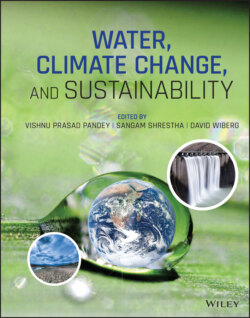Читать книгу Water, Climate Change, and Sustainability - Группа авторов - Страница 51
3.5.2. Analysis of Energy Use in Bio‐Based Systems
ОглавлениеEnergy use in bio‐based systems could be assessed in terms of material consumption or waste generation (Sheldon, 2018). Energy balance allows quantification of the calorific energy used and produced within the defined boundaries of the bio‐based systems. To account for energy quality, exergy analysis is used to assess the available energy for work, by taking into account the entropy generation (Sikdar et al., 2017). One of the most common energy metrics for industrial processes is the Cumulative Energy Demand (CED), which is defined as the total amount of primary energy used during the life cycle of the product (Sheldon, 2018). Other energy indicators are included in Table 3.4. In addition, the global warming potential (GWP) due to GHG emissions from fuel combustion can be considered as an indirect metric for energy use (Sheldon, 2018), and it is presented in most sustainability assessments of bio‐based systems (Van Schoubroeck et al., 2018). Ethanol equivalent (EE) is another metric which is defined as the amount of ethanol needed to deliver the same amount of energy from a feedstock or to produce the equivalent amount of a carbon‐based chemical, based on well‐established corn‐ethanol fermentation, and can be used for comparison with other biomass conversion processes (Cséfalvay et al., 2015).
